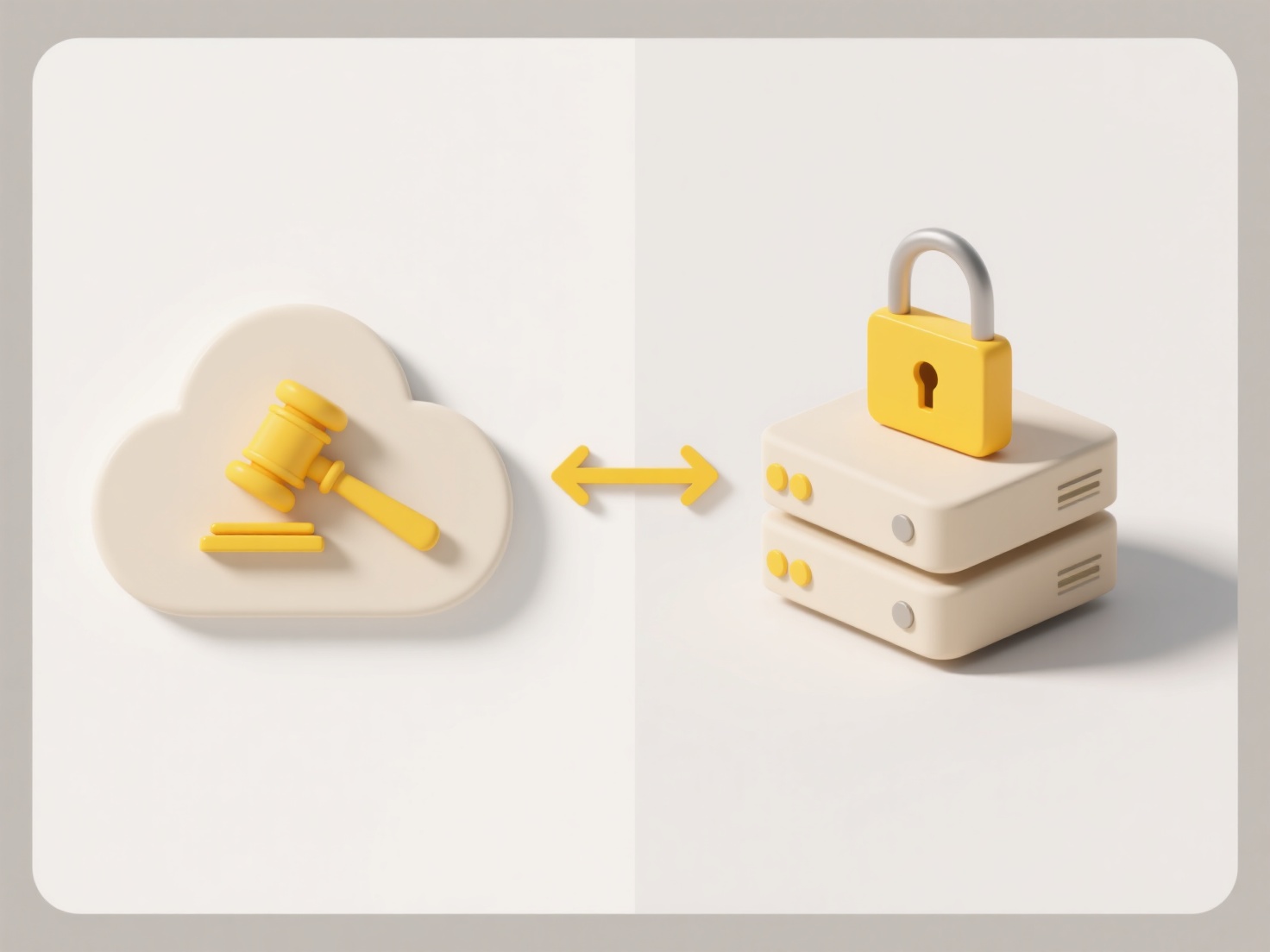
File permissions control who can read, write, or execute files and directories on a system. For audit compliance, these permissions ensure only authorized users or processes access sensitive data, directly impacting regulatory requirements (like GDPR, HIPAA, PCI-DSS) by demonstrating control over data integrity and confidentiality. Setting precise permissions (e.g., chmod 640 on Linux/Unix or configuring strict ACLs on Windows) restricts access based on user roles, proving enforceability during audits.
For example, a financial institution might set read-only permissions (chmod 440) on customer transaction logs for auditors, preventing modifications. In healthcare, patient record files may be restricted to designated staff groups using Windows ACLs, with administrators having write access and nurses granted read-only rights. Cloud storage (like AWS S3 buckets) also relies heavily on permission policies for audit trails.

Proper file permission management enhances security, prevents unauthorized data breaches, and satisfies key audit evidence requirements. However, limitations include complexity in large-scale environments and the risk of human error in configuration. Ethically, correct settings uphold privacy principles by enforcing least privilege access. Future trends involve automating permission enforcement through Infrastructure as Code (IaC) and integrating real-time permission auditing tools like auditd or Windows Event Logs.
How do I set file permissions for audit compliance?
File permissions control who can read, write, or execute files and directories on a system. For audit compliance, these permissions ensure only authorized users or processes access sensitive data, directly impacting regulatory requirements (like GDPR, HIPAA, PCI-DSS) by demonstrating control over data integrity and confidentiality. Setting precise permissions (e.g., chmod 640 on Linux/Unix or configuring strict ACLs on Windows) restricts access based on user roles, proving enforceability during audits.
For example, a financial institution might set read-only permissions (chmod 440) on customer transaction logs for auditors, preventing modifications. In healthcare, patient record files may be restricted to designated staff groups using Windows ACLs, with administrators having write access and nurses granted read-only rights. Cloud storage (like AWS S3 buckets) also relies heavily on permission policies for audit trails.

Proper file permission management enhances security, prevents unauthorized data breaches, and satisfies key audit evidence requirements. However, limitations include complexity in large-scale environments and the risk of human error in configuration. Ethically, correct settings uphold privacy principles by enforcing least privilege access. Future trends involve automating permission enforcement through Infrastructure as Code (IaC) and integrating real-time permission auditing tools like auditd or Windows Event Logs.
Quick Article Links
How does cloud file version history work?
Cloud file version history automatically saves historical versions of files as they change. When you edit documents, ima...
How do I securely share content with customers?
Securely sharing content with customers involves using methods and tools that protect sensitive information during trans...
Can I sync cloud files into a local backup routine?
Syncing cloud files into a local backup routine involves copying data stored with an online provider (like OneDrive, Goo...